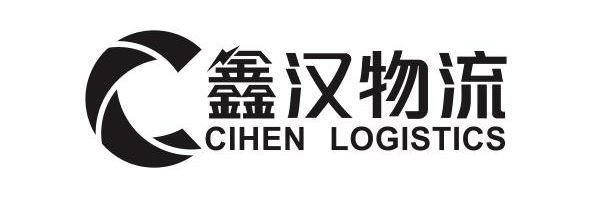In import and export trade, international sea freight shipments often encounter the term “three cuts and four customs”: customs clearance, document cut-off, port cut-off, customs clearance, customs declaration, customs clearance, and clearance. This is what we refer to as “three cuts and four customs”. So how can we distinguish them in practical operations?sea freightFirst, let’s talk about the three sectionsInterceptionIt refers to the deadline for receiving customs clearance information, before which the goods must complete the customs clearance work and submit the customs clearance slip (station receipt, also known as cargo paper) to the shipping company. Generally displayed as Closing time.Each shipping company has a customs declaration deadline for the loaded goods, usually around 4 days before the departure of the ship, and stops receiving customs clearance information one or two days before the departure of the ship.Cut off ordersIt refers to the time when the shipping company finally changes the content of the bill of lading, commonly known as the deadline for supplementing the bill of lading, and generally cannot be changed for free afterwards. The document also includes AMS exported to the United States, ENS exported to the European Union, VGM, etc. Many shipping companies also implement one-time replenishment, and any subsequent changes will be charged. Generally displayed as SI cutoff.Port interceptionThis refers to the deadline for container collection at the dock. Before that time, the loaded containers can enter the port, and after that, they cannot enter the port again. Sometimes also known as a weight cutting cabinet. Display as CY cutoff or CYclosingThree cut-off timesDeadline: Generally 1-2 days before the departure date of the ship (5-7 days in advance for bulk cargo), and usually half to one working day after the cut-off time.Deadline: Each shipping company is different, some are on the departure date, while others are within one week after the departure.Deadline: Generally 1-2 days before the departure date (ETD) of the vessel. (Bulk cargo is delivered 5-7 days in advance.)Customs clearanceCustoms clearance is a commonly used oral term in the freight forwarding industry, which mainly refers to a series of specific operations related to import declaration, inspection, customs declaration documents, transportation, delivery, etc.Customs declarationCustoms declaration is the procedure of declaring import and export goods to the customs before loading them onto transportation vehicles. All goods entering and exiting the country must be declared to the customs by the port, station, or international air station with customs, and the owner of the goods must declare to the customs. Only after customs release can the goods be extracted or loaded for export.ClearanceCustoms clearance is a procedure after customs release, which involves submitting the relevant information of the released goods and the information that the goods have been loaded onto the ship to the customs for filing and subsequent export tax refunds (foreign exchange verification). Therefore, the customs clearance date refers to the date on which international vessels complete customs procedures and settle all payable payments before export, and are allowed to depart by customs.SupplementCustoms clearance refers to a series of actions taken to clear customs, including import and export goods and transshipment goods. It refers to the customs procedures that must be completed when entering or exiting a country’s customs territory or border. Only after completing customs declaration, inspection, taxation, release, and other procedures can the goods be released. In the case of processing trade, after the later verification is completed, this series of actions can be called customs clearance.
